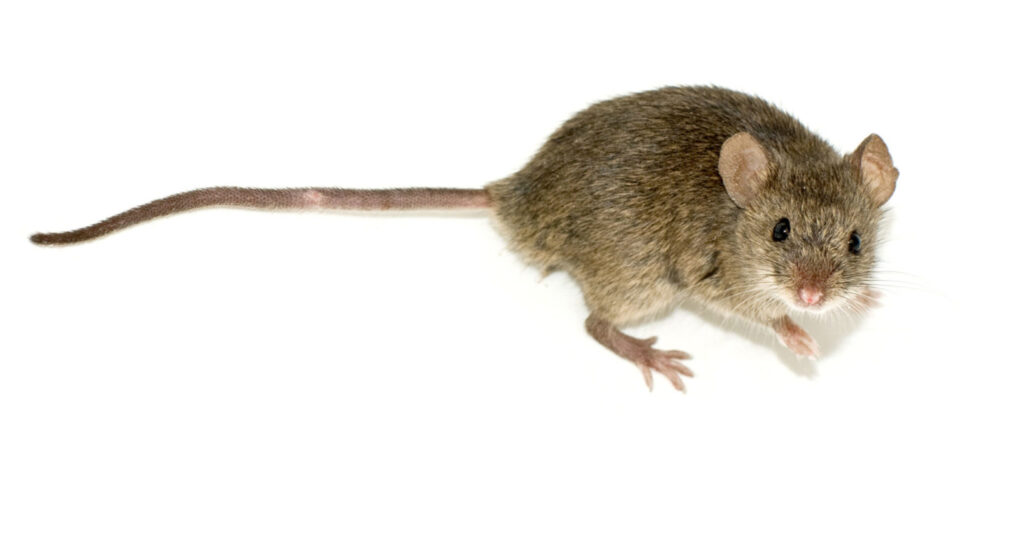A new study in mice shows a connection between gut microbiome and willingness to exercise. Could this discovery lead to improved motivation to exercise in humans? Possibly, but we don’t yet know if humans share the same pathway.

A study from the University of Pennsylvania, published in Nature on December 14, 2022 reported a gut-to-brain pathway that increases exercise performance in mice. They were trying to determine why some mice did more voluntary exercise on a wheel than others. The most important difference turned out to be the presence of certain gut bacteria, Eubacterium rectale and Coprococcus eutactus. They produce fatty acid amides that stimulate CB1 endocannabinoid receptors on gut-embedded sensory nerves, which increases dopamine levels in the ventral striatum of the brain, a critical node in the brain’s reward and motivation network. Giving the mice broad-spectrum antibiotics to get rid of gut bacteria reduced their performance by half. The researchers concluded that the extra dopamine reinforces the desire to exercise.
An article in Science Daily speculates about possible implications for humans if further studies can confirm the existence of a similar gut-to-brain pathway in humans. Research is ongoing. In The Scientist, evolutionary scientist Theodor Garland, Jr. praised the study but cautioned:
…analyzing motivation in humans is more complicated than it is in mice: a person’s incentive to exercise is based on many more factors, including external ones such as their social environment and influence from family or friends, than is a mouse’s. ‘We don’t go and give our mice pep talks…’
Various websites mentioned this study, highlighting the potential consequences for increasing the motivation to exercise in humans and speculating that this new data might explain the mechanism of the “runner’s high.” Could we eventually learn to tweak the gut microbiome to improve people’s motivation to exercise? An article on frontlinegenommics.com speculates even further: “Apart from possibly offering cheap, safe, diet-based ways of getting ordinary people running and optimizing elite athletes’ performance, the exploration of this pathway might also yield easier methods for modifying motivation and mood in settings such as addiction and depression.”
Psychology Today chimed in with the headline “Not Motivated to Exercise? Your Gut Microbes May Be to Blame“. It’s nice to have something to blame.
We know exercise has health benefits, but we also know how hard it can be to stay motivated to exercise. Facilitating motivation to exercise would have public health benefits and has long been a focus of study. Previous research had found that the dorsal medial habenula controls the desire to exercise in mice. The brain circuits underlying motivation are complex, as shown in this interactive graphic. An article on BetterUp describes various types of internal and external motivation and shows how you can use the types of motivation to your advantage. Various studies like this one have looked at motivation in specific situations like older patients with osteoporosis.
Will this mouse study have implications for humans? Does your microbiome determine whether you are a couch potato or a gym bunny? Will we be seeing fecal transplants to encourage exercise? Will doctors be influenced to avoid prescribing antibiotics for elite athletes? For everyone? Will we all be encouraged to take probiotics to promote motivation to exercise?
There’s one thing that bothers me about all this. It smacks of inappropriate anthropomorphizing. Mice are like humans in some ways, but very different in others. I don’t think mice are capable of “motivation” to exercise in the same sense as humans are. Motivation has a large mental component, involving mental capabilities that mice lack. Humans may be motivated to do something unpleasant or boring with the hope of future rewards. They may exercise to lose weight or to develop the level of fitness needed to compete in a marathon, or to earn accolades from another person like a trainer, coach, or exercise partner. They plan ahead, have goals, and think about the future; mice don’t. Mice run on wheels because of an innate drive, just as sled dogs have an innate drive to run. Sled dogs are not “motivated” to win races; I doubt if they even understand the concept.
I would be delighted if this research led to more enjoyment of exercise for humans, but it is too soon to speculate. The first step is to find out if the same pathways exist in humans.
This article was originally published in the Science-Based Medicine Blog.
